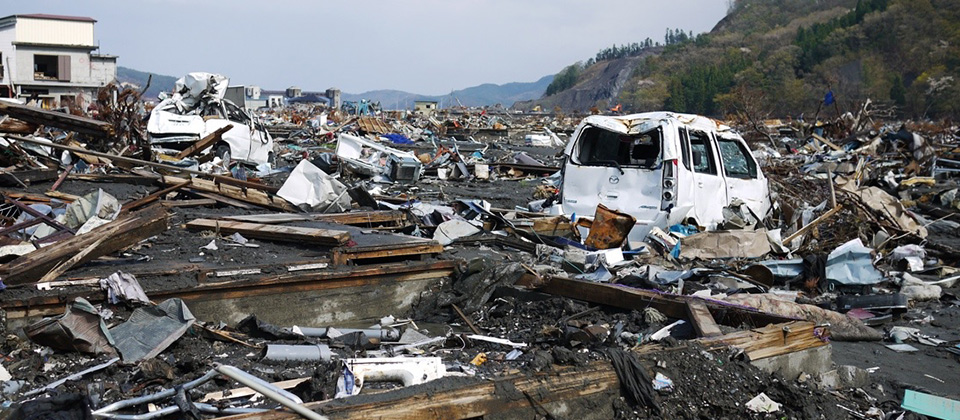Why Have Banks Stopped Lending to Low-Income Americans?
The Federal Reserve released its annual collection of data gathered under the Home Mortgage Disclosure Act at the end of September. The report details that the country’s three largest banks—Wells Fargo, Bank of America, and JPMorgan Chase—have sharply cut back on lending to low-income people over the past few years among other findings. The three banking institutions’ mortgages to low-income borrowers declined from 32 % this season to 15 per cent in 2016.
The report also demonstrates that in 2016, black colored and Hispanic borrowers had more difficulty home that is acquiring than whites. Also it revealed that a year ago, when it comes to time that is first the 1990s, many mortgages didn’t result from banking institutions; they originated from other institutions—often less-regulated online entitites like Loan Depot or Quicken Loans. These businesses, theoretically referred to as nonbank institutions that are financial could be more versatile than conventional banking institutions, but could also charge greater prices and costs.
Get TalkPoverty In Your Inbox
Thank you for Signing Up!
Martin Eakes as well as other employees of Self-Help, the innovative North credit that is carolina-based, must certanly be wondering if they’ve stepped back in its history.
Eakes, whom founded Self-Help, has invested days gone by few years trying to expand credit, specially old-fashioned mortgages, to low-income borrowers, and also to publicize and expel dangers that may get rid of a poor family’s wealth. He and their staff respected early in the key part that homeownership could play in permitting low-income families to go to the class that is middle. Those efforts are chronicled in Lending Power, a book that is new Howard Covington that illustrates the organization’s rise and longtime efforts to greatly help low-income people purchase domiciles and establish small enterprises.
The financial world had several major blind spots when it came to lending to low-income people in the 1980s, when Self-Help was finding its footing. Above all stay at website, many banking institutions considered low-income families, specially categories of color, become credit dangers, hardly ever supplying all of them with mortgages at old-fashioned prices.
In under ten years, Self-Help helped switched that truism on its mind.
“There’d been a struggle that is real work out how to expand homeownership into that portion during the margin of sustainable credit in a fashion that works, ” explains Jim Parrott, a other in the Urban Institute.
Self-Help enlisted assistance from fundamentals and big banking institutions to construct money, and offered lending that is individualized seemed beyond borrowers’ credit reports—examining rather their capability to regularly spend their rent, as an example. The corporation additionally developed a book investment to simply help borrowers struggling to meet up re re payments.
Many Many Thanks in component to Self-Help’s efforts, lending to lower- and moderate-income individuals (LMI, in industry-speak) began to get traction into the late 1990s. But throughout the housing growth associated with very very early 2000s, low-income borrowers encountered increasing threats from predatory lenders. These loan providers frequently saddled accountable borrowers whom may have qualified for mainstream loans with costly costs and add-ons—things like increased points, balloon mortgages with re re payments that swelled in the long run, and pre-payment penalties. The loans were particularly targeted to black families in many cases. Ebony People in america making yearly salaries of $100,000 had been more prone to receive subprime loans than whites making $30,000. Many of those folks finished up in property property property foreclosure through the recession as a result of untenable regards to their loans.
Self-Help had uncovered some of those lending that is predatory a ten years earlier in the day, ultimately assisting to pass groundbreaking anti-predatory legislation in new york. Plus the spinoff that is organization’s, the middle for Responsible Lending, had an important submit arming the customer Financial Protection Bureau (CFPB), which protects customers from predatory mortgages and financial obligation traps. Editor’s note: study more in regards to the latest threats into the CFPB right here.
Given that this sort of predatory lending is mostly snuffed down, advocates are working with another problem: Credit to communities that are low-income dry out considering that the property property foreclosure epidemic. Lending criteria are becoming far more strict, with several loan providers reluctant to just take a danger on low-income families. “We’ve seen no significant data recovery of lending to LMI areas, ” explains Jason Richardson, manager of research and assessment in the National Community Reinvestment Coalition, citing the recently-released Federal Reserve information.
African United states homeownership has reached its level that is lowest much more than 40 years
Banks that receive deposits from low-income areas have actually an responsibility which will make loans to those communities that are same. However now, it is ambiguous perhaps the Trump administration’s regulators are acceptably enforcing this. The Office of the Comptroller of the Currency revised its regulations to further limit the number of downgrades banks receive over 98 percent of banks are currently given passing grades by regulators, and in October.
“We absolutely feel there must be more study of just just what the banks are doing, ” says Richardson.
Until then, nonetheless, low-income and minority families are virtually straight straight back where they started. African United states homeownership has reached its level that is lowest much more than 40 years, additionally the space between grayscale property owners may be the biggest since World War II.
Meanwhile, although much financing to people that are low-income disappeared, Self-Help is continuing to issue mortgages to bad families with its system. And Parrott, in the Urban Institute, believes the business might have something to still teach other lenders.
“To me personally, the real question is set up classes that Self-Help is learning are scalable and transferable to the market”—in a sustainable means, Parrott claims. “Because us learn how to better provide a section associated with the populace that may be home owners. Should they are, Self-Help is an excellent resource because it’ll assistance”


